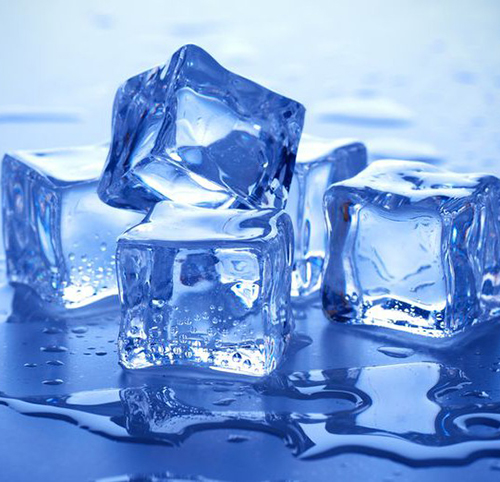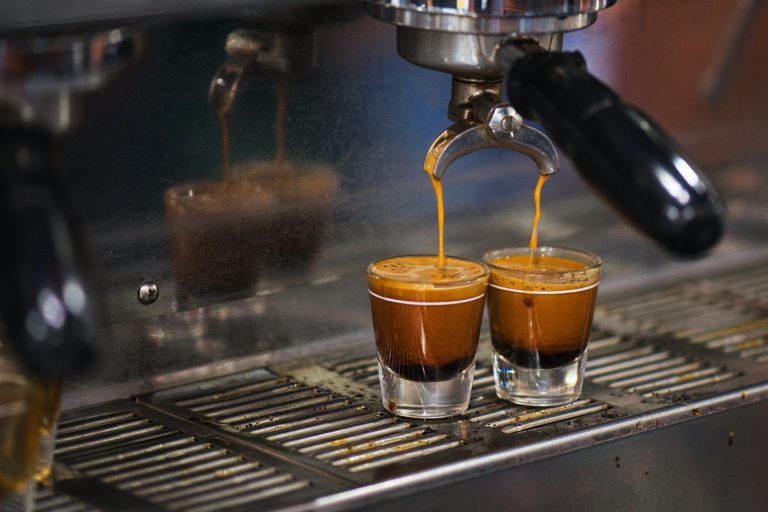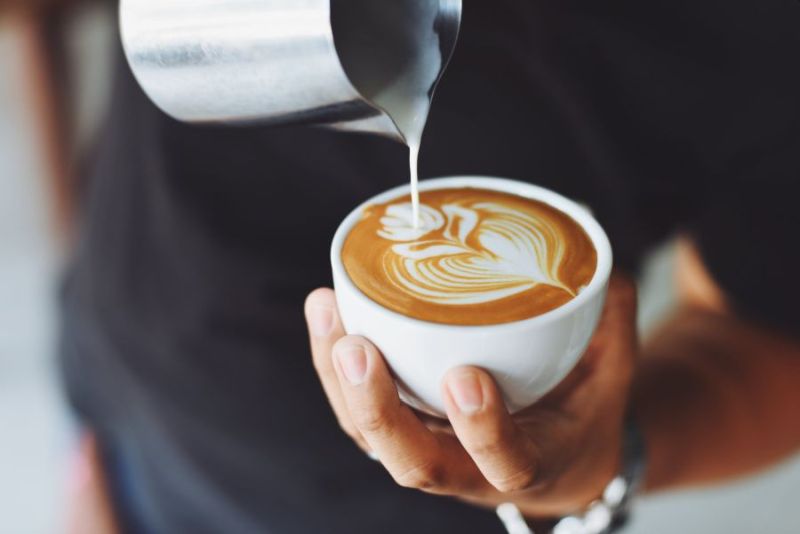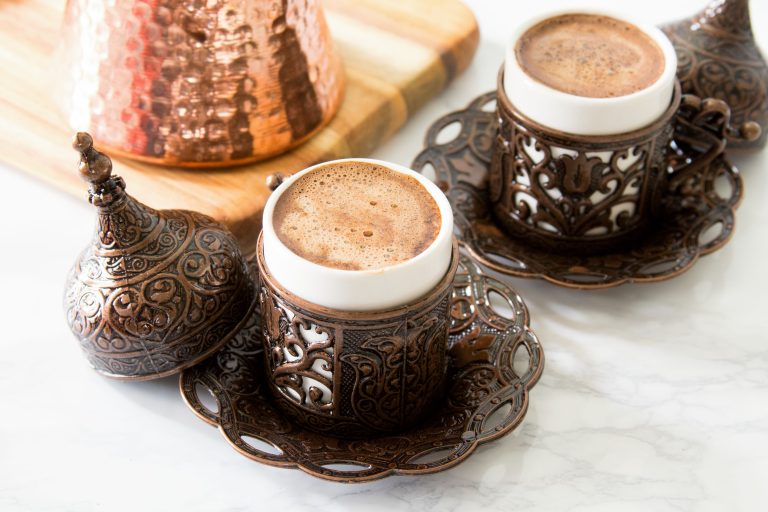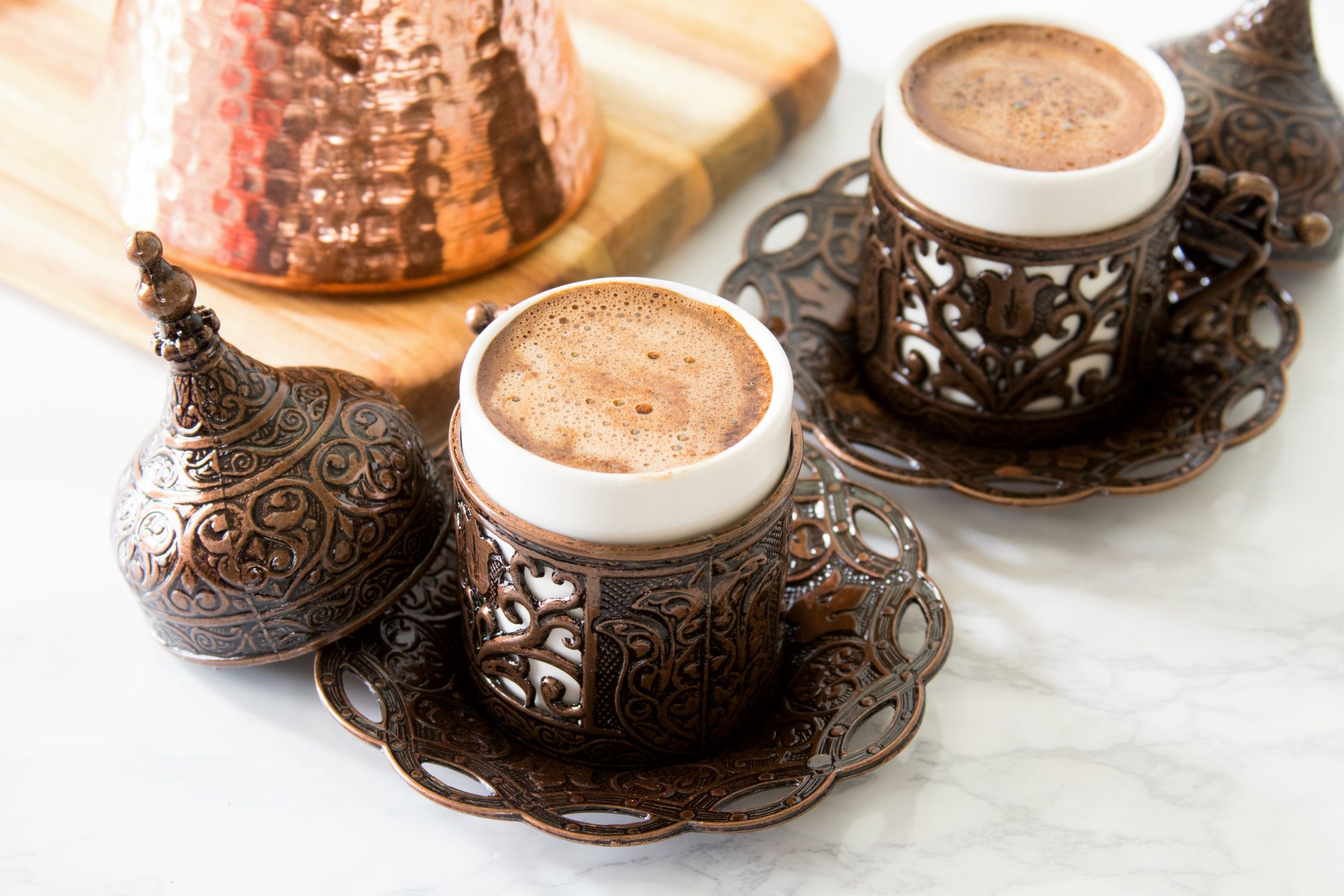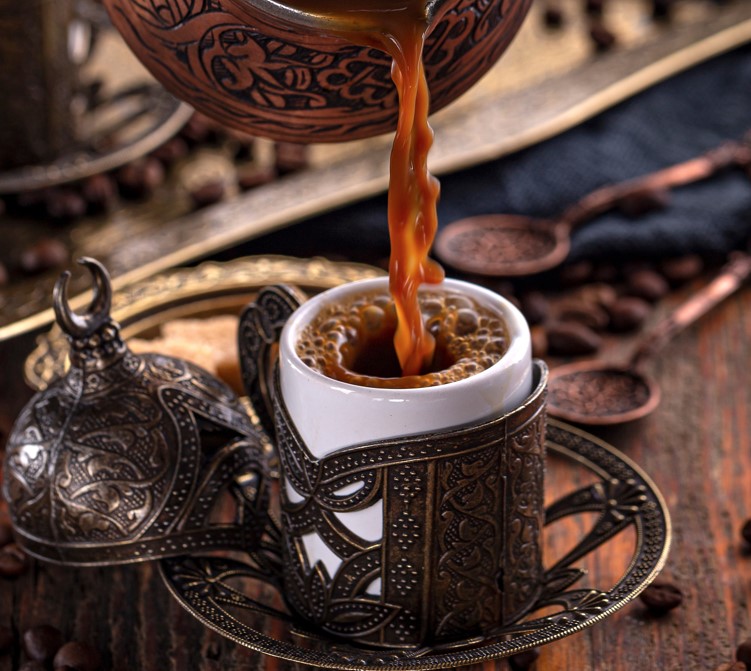Everyone has probably heard of the so-called coffee myths. The most diverse rumours, some with no truth content, entwine around the aromatic favorite drink of the Europeans. They are also often used as an argument by absolute opponents of coffee. Are these claims still stopping you from buying a coffee machine? coffee perfect got to the bottom of the myths and cleared up five of the most well-known rumours. So you can buy a professional coffee machine without a guilty conscience. The best way to get yourself in the mood is with a freshly brewed coffee and read why fully automatic coffee machines make sense for the office, for example.
Myth 1: Coffee is bad for our bodies

You definitely can’t make that statement. As with many things, the first thing to look at is the amount of coffee someone is consuming on a daily basis. Because it is well known that wine is good for the heart. However, this statement refers to the enjoyment of a glass and not a whole bottle.
The same also applies to coffee. According to the EFSA (European Food Safety Authority), up to four cups of coffee a day can be drunk from the fully automatic office coffee machine without hesitation.
Within this framework, many studies confirm that coffee can have a positive effect on the body:
Increase in concentration and thinking ability
Reduction of pain e.g. with headaches
Protection of liver cells, e.g. against liver fibrosis
Risk reduction of Parkinson’s disease
Reducing the risk of developing certain types of cancer
So you see: the professional coffee machine makes you healthier than ill!
Myth 2: Coffee dehydrates the body
It has long been said that coffee dehydrates the body. To the delight of all coffee lovers, this has been scientifically disproved. Coffee drinkers who are now buying a coffee machine or have already done so can even add the amount of coffee they have drunk to their fluid balance.
This also means that if your company owns a fully automatic coffee machine for the office, you no longer need to have a bad conscience. Anyone who quickly visits the professional coffee machine before the meeting and takes a delicious coffee specialty with them can continue to do so. Nevertheless, one or the other glass of water should be drunk in between.
Myth 3: Espresso contains more caffeine than filter coffee
Whichever professional coffee machine you own, the same applies here that you first have to consider the amount of espresso and filter coffee that is being compared. There are also other factors that influence the caffeine content:
Type of coffee or composition of the coffee blend, roasting, ratio of coffee to water, degree of grinding, brewing time and type of preparation (professional coffee machine, filter machine, capsule machine, etc.). On average, a cup of filter coffee contains about 55 mg of caffeine per 100 ml. An espresso has about 110 mg per 100 ml. If you now look at this result, you have to say that the myth is true.
But if you relate the statement to a normal espresso with 25 ml, it looks different. As a general rule, most people who prefer a coffee to an espresso because of the caffeine content are not talking about a 100ml espresso. Looking now at the caffeine content per serving, a 150ml cup of filter coffee contains about 82.5mg of caffeine . An espresso from a fully automatic coffee machine for the office, on the other hand, contains around 33 mg of caffeine. In this case the statement of this paragraph would be wrong and the myth disproved.
The question of the truthfulness of this statement is therefore in the eye of the beholder.
Myth 4: Coffee is bad for your stomach
Whether it’s a professional coffee machine or good old filter coffee: In general, coffee isn’t bad for your stomach. However, what is often to blame for an intolerance is the roasting. Industrial roasting, in which the raw beans are roasted at very high temperatures in a very short time, is often described by many coffee drinkers as unfriendly to the stomach.
Acids and bitter substances are to blame, which cannot be broken down due to the short roasting time. In addition, the beans are nicely brown on the outside, but mostly still raw on the inside. This condition is ideal for a steak, but not for coffee. Because coffee only develops its aromas after a longer, even roasting time and releases them later when brewing in the fully automatic coffee machine for the office. Therefore, always rely on high quality when it comes to coffee beans.
On the other hand, if you use long-term roasting, you should have fewer problems with tolerability. Coffee that has been refined slowly and evenly contains less chlorogenic and tannic acids. The coffee is more digestible and aromatic. So don’t demonize the coffee, just buy a coffee machine and use whole beans from long-term roasting, for example from coffee perfect. And then nothing stands in the way of the fully automatic coffee machine for the office.
Myth 5: Coffee is addictive

That’s not true, because according to the World Health Organization (WHO), caffeine is not an addictive drug. Unlike taking drugs, caffeine makes us alert and energetic, but doesn’t trigger dopamine release or a high.
Nevertheless, a certain habituation effect occurs with frequent drinkers. If you drink a few cups of coffee from the coffee machine for the office every day and then stop drinking coffee, you can suffer from withdrawal symptoms for two to three days. Headaches, tiredness and exhaustion, trembling hands and blood pressure fluctuations can occur. Those affected feel similar to going cold turkey, but it only lasts for a short time.
Again, the amount of coffee is crucial. If you have dealt with the question of buying a coffee machine, you are now one step closer to the decision. Basically anything in a healthy amount is not harmful. So sit back and enjoy your freshly brewed coffee and let the myths be myths.

